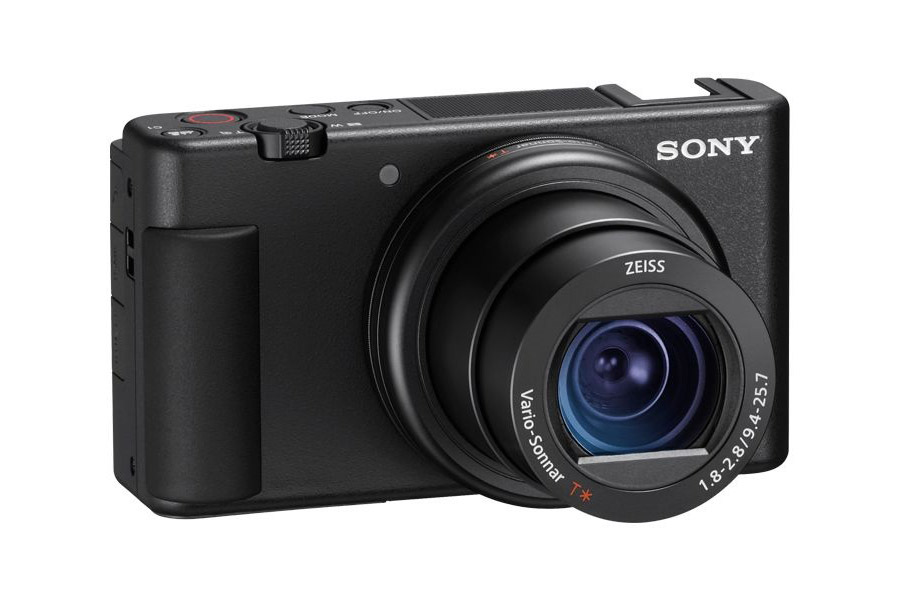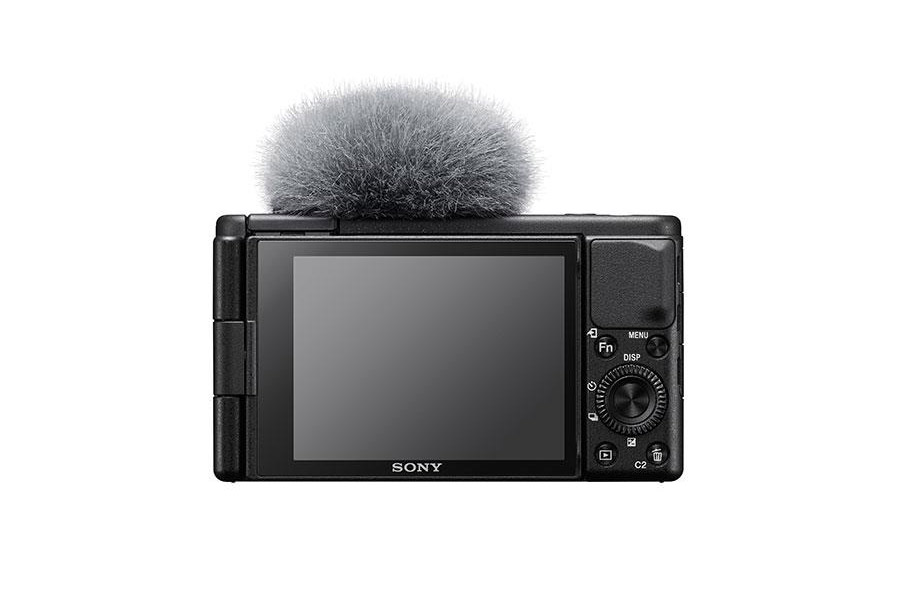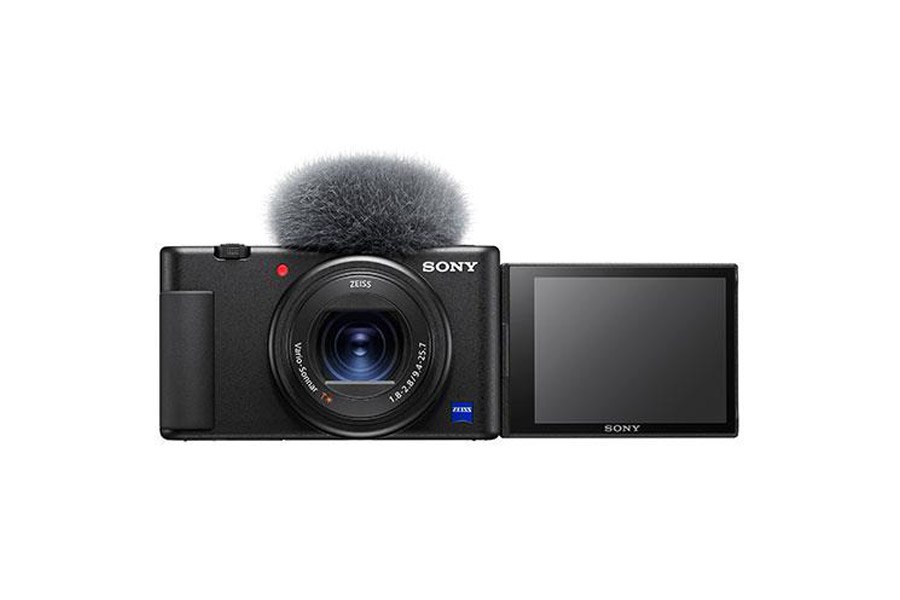The $800 Sony ZV-1 isn’t just new a camera, it’s a whole new category — at least, if you take Sony at its word. The camera is, essentially, an RX100-series point-and-shoot in new clothes, and while it carries over all of the still photo functionality of an RX100 — which has been our pick for the best compact camera for several generations running — it isn’t really built for photographers.
Instead, it’s a video-focused model targeting vloggers, YouTubers, and influencers — specifically those who need a camera that just works, without caring about how.
Available for pre-order now and shipping June 11, the ZV-1 is Sony’s attempt to address a growing customer base of content creators who have no interest in learning advanced video techniques. Many of these creators already use Sony cameras, but their needs have not been met by existing models. The ZV-1 looks to be the closest thing we’ve seen to a feature-complete vlogging camera that won’t require additional accessories to make it useful.
It starts with the same 1-inch-type, 20-megapixel “stacked” sensor found in the RX100 VII, but pairs it with the 24-70mm lens from the older RX100 IV. Going with the shorter lens was a great call; the Mark VII’s 200mm telephoto would be wasted on any close-up or self-facing shots, while the larger f/1.8 aperture of the 24-70mm will help create more background blur. The 24-70mm also includes a built-in neutral density (ND) filter, something the newer lens lacks, which is helpful when shooting video outside on a bright day.
Other modifications further cement the ZV-1’s position as a video-first camera. The pop-up flash has been replaced with a three-capsule microphone, which, along with the included windscreen, promises improved audio quality without having to bother with an external mic. If you do want to use an external mic, you can mount one to the multi-interface shoe that replaces the RX100’s pop-up viewfinder. The touchscreen also now flips out to the side for better visibility in selfie mode.
New jargon-free settings, like Background Defocus and Product Showcase, allow creators to tune the camera for specific shots without having to know about f-stops and autofocus modes. Turning on Background Defocus instantly selects the widest available aperture and compensates with the shutter speed or ISO to maintain the correct exposure.
Product Showcase optimizes the autofocus for, well, products. In a demonstration, a “beauty influencer” held a brush up in front of the camera, and the focus instantly shifted from her face to the brush, shifting back again when she lowered the brush out of view.
But before “real” photographers and videographers let out a collective groan, know that the jargon is still there if you want it. Hybrid Log Gamma (HLG) and S-Log profiles return, as do super slow motion and intervalometer (time-lapse) modes. 4K video is recorded from the full sensor without binning or line skipping. Photos can still be captured in RAW and all of the manual exposure options from the RX100 are present, although the physical controls themselves have changed (there is no custom control ring on the lens, for example).
This mishmash of high-end and beginner-focused features may seem a bit confusing — as is Sony’s standard menu system, which also returns — but it should mean the ZV-1 will still appeal to more experienced customers in need of a compact camera, while also providing plenty of growing room for beginners and casual video shooters.
Of particular interest in the post-COVID-19 world, Sony also plans to add webcam functionality at a future date. Until then, you can use a hack to set up any camera as a webcam.






